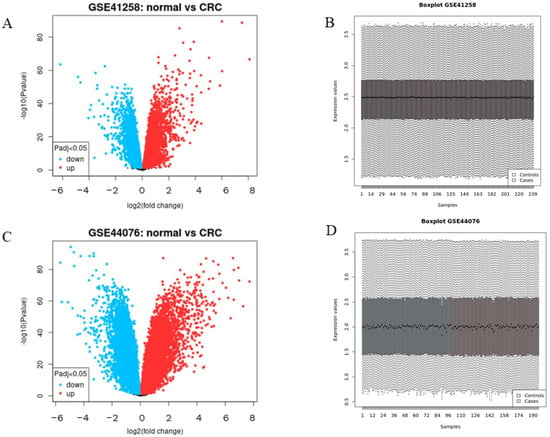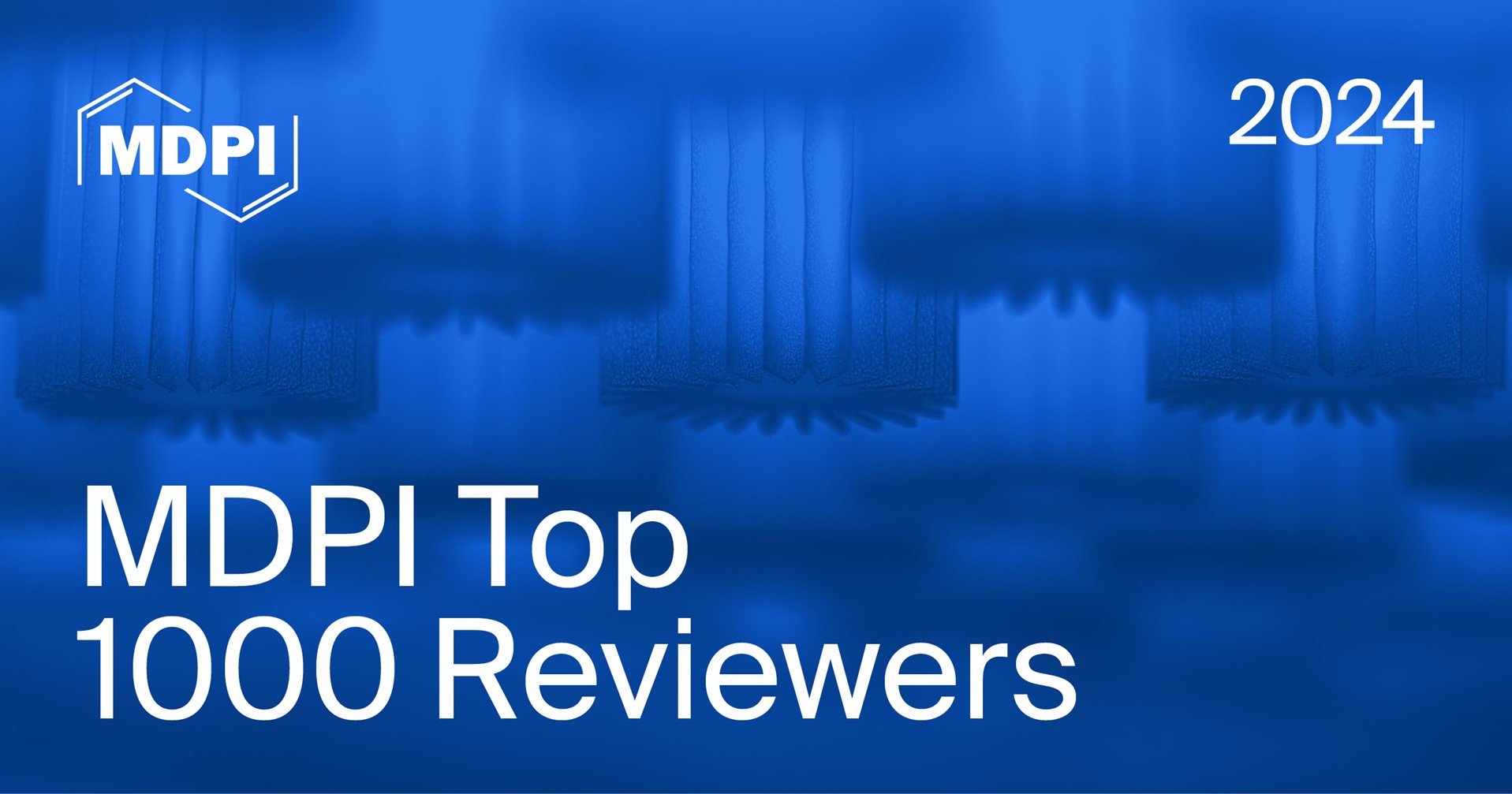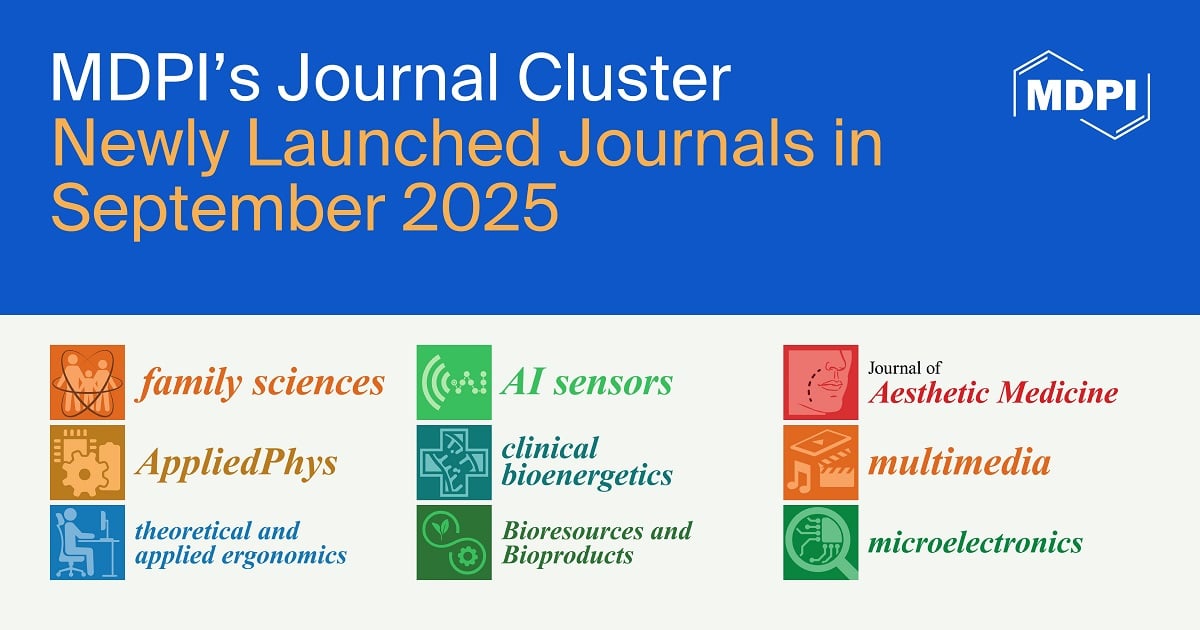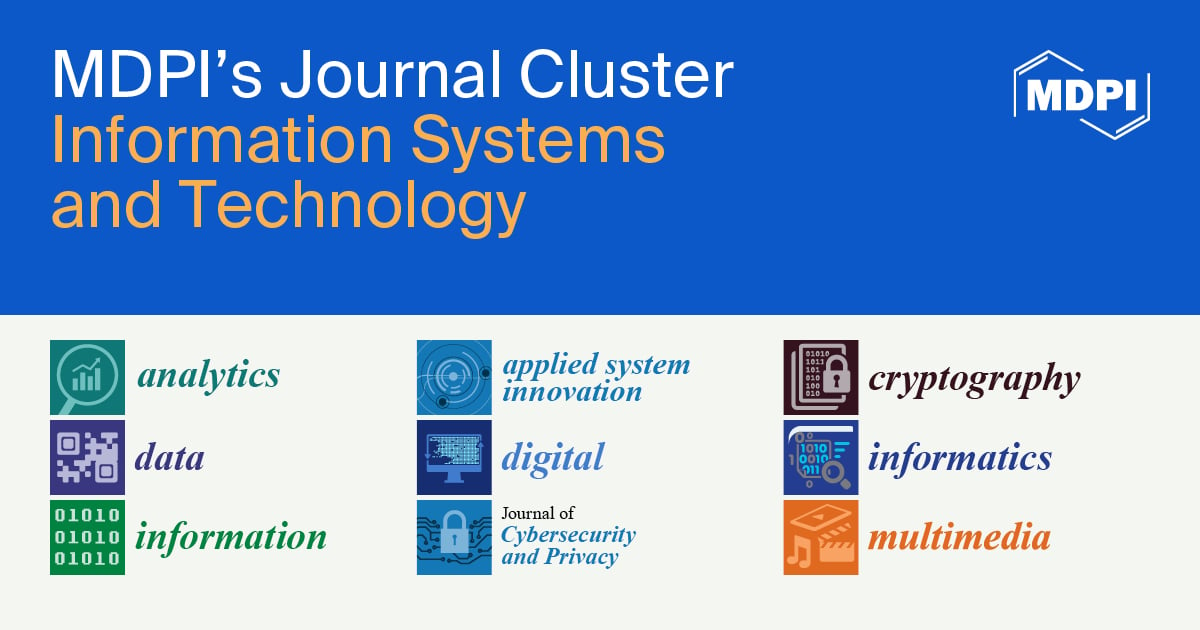-
 The Emotional Landscape of Technological Innovation: A Data Driven Case Study of ChatGPT’s Launchmetal Ions from Multi-Ion Solutions Using Polysaccharide Hydrogels
The Emotional Landscape of Technological Innovation: A Data Driven Case Study of ChatGPT’s Launchmetal Ions from Multi-Ion Solutions Using Polysaccharide Hydrogels -
 Decoding Trust in Artificial Intelligence: A Systematic Review of Quantitative Measures and Related Variables
Decoding Trust in Artificial Intelligence: A Systematic Review of Quantitative Measures and Related Variables -
 Enhancing Cultural Heritage Accessibility Through 3D Artifact Visualization on Web-Based Open Frameworks
Enhancing Cultural Heritage Accessibility Through 3D Artifact Visualization on Web-Based Open Frameworks -
 State-of-the-Art Cross-Platform Mobile Application Development Frameworks: A Comparative Study of Market and Developer Trends
State-of-the-Art Cross-Platform Mobile Application Development Frameworks: A Comparative Study of Market and Developer Trends
Journal Description
Informatics
- Open Access— free for readers, with article processing charges (APC) paid by authors or their institutions.
- High Visibility: indexed within Scopus, ESCI (Web of Science), dblp, and other databases.
- Journal Rank: CiteScore - Q1 (Communication)
- Rapid Publication: manuscripts are peer-reviewed and a first decision is provided to authors approximately 34.9 days after submission; acceptance to publication is undertaken in 4.7 days (median values for papers published in this journal in the first half of 2025).
- Recognition of Reviewers: reviewers who provide timely, thorough peer-review reports receive vouchers entitling them to a discount on the APC of their next publication in any MDPI journal, in appreciation of the work done.
Latest Articles
E-Mail Alert
News
Topics
Deadline: 31 October 2025
Deadline: 31 December 2025
Deadline: 28 February 2026
Deadline: 31 August 2026
Conferences
Special Issues
Deadline: 31 October 2025
Deadline: 31 March 2026
Deadline: 31 March 2026
Deadline: 30 May 2026




























